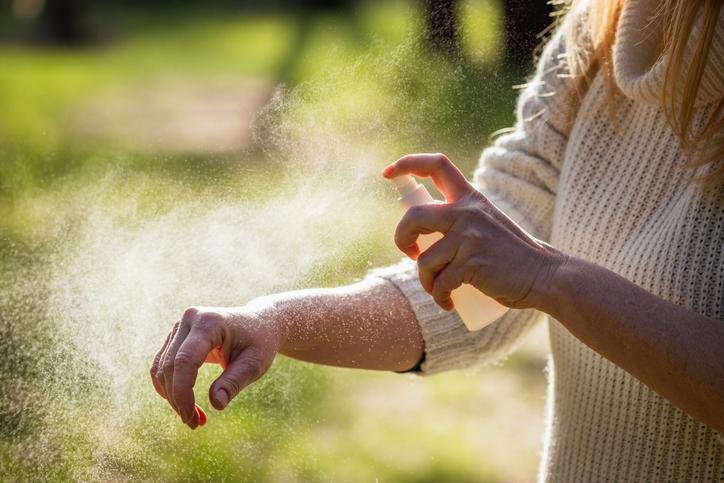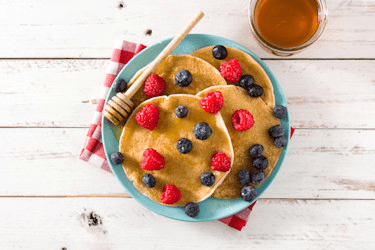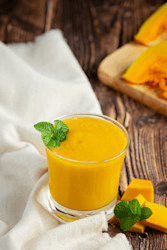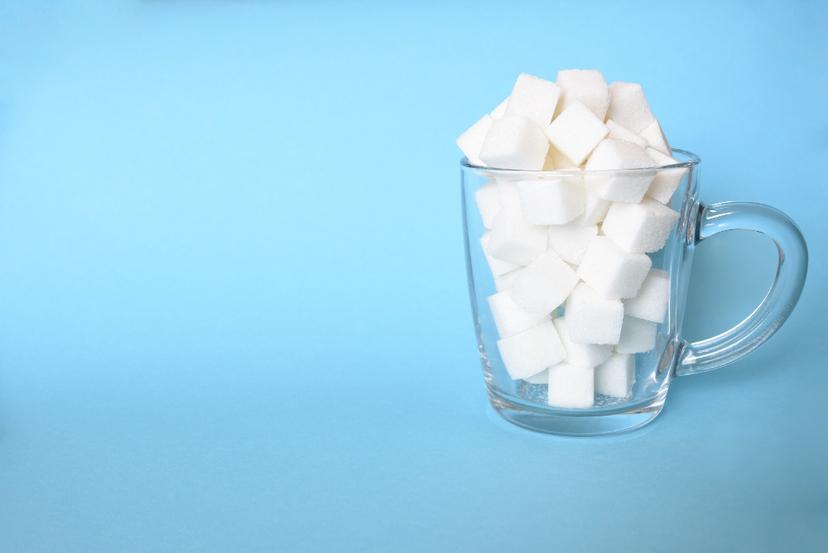1 октября 2021
Mold in Food: When Is It OK?


1 октября 2021
Mold in Food: When Is It OK?
## All about mold
Mold is a special kind of fungus that has existed throughout the history of mankind. Molds are millions of years older than we are, and there are about as many species as there have been variations of the DNA genome in the history of mankind.
Mold's role in life is to be "sanitary," or janitor. The mold fungus recycles organic waste, from fallen leaves to feces, mineralizes it, decomposes it into carbon fractions, and thus enriches the soil. In fact, mold is responsible for the carbon cycle in nature. The fungus actually does important work.
To explain it simply, we can divide molds into two basic groups: "noble mold" and "noxious mold." The fundamental difference between the different types of mold is that they release different substances during the processing of organic matter. There are fungi whose waste products are toxic to humans and can cause poisoning, intoxication, or [allergic](https://ul.orna.me/KOge/librarydisease?id=21) reactions, while other molds appear in a limited number of foods.
## When is old purposely used in food?
__Cheeses__
In different types of cheese, an edible mold is added on purpose. It is grown=== separately from the product and introduced into it depending on the variety of cheese and is safe to eat. But what are the benefits? A number of studies have shown that in countries where moldy cheese is part of the daily diet, people have lower cholesterol and are less likely to develop cardiovascular disease or be overweight.
__Soy sauce__
To get that familiar brown, salty condiment, soybeans are fermented with the help of mold fungi. Soy sauce is a treasure trove of amino acids, but due to its high salt content, it is wise to consume it to avoid swelling and blood pressure problems.
__Sausage/cured meats__
Smoked sausages often are made with a layer of edible white mold on the outside. In this case, mold plays the role of a natural preservative, while the sausage is dried, the mold prevents the entry and development of pathogenic bacteria in it and gives certain flavor notes.
## When is mold in food dangerous?
If mold appears on any food — even cheese and sausage/cured meat — that it should not be on, it is not safe to eat. Aside from the exceptions we listed in the previous section where mold is intentionally added, no other foods should be eaten with mold. And it is not enough to cut off the parts that have mold, as it can spread without you being able to see it.
If ingested, mold can provoke problems with the respiratory system including bronchial [asthma](https://ul.orna.me/KOge/librarydisease?id=177). It can also cause allergic reactions, joint pain, heart problems, and more. If you accidentally eat a piece of bread with a tiny spot of mold, you will most likely be fine. Just make sure you are taking care whenever you can — do not eat anything moldy. Of course, we're talking about systematic mold poisoning, not the occasional unnoticed spot on a piece of bread.
## Who can't eat moldy food?
Cheese with mold is contraindicated for people with a casein allergy, lactose intolerance, or gastrointestinal diseases. Do not get in the habit of giving children cheese or sausage/cured meat, as it can cause chronic dysbacteriosis, chronic constipation, uncontrollable [diarrhea](https://ul.orna.me/KOge/librarydisease?id=197), and other systemic GI disorders in young children with still developing bodies.













